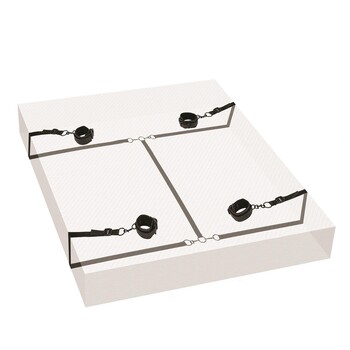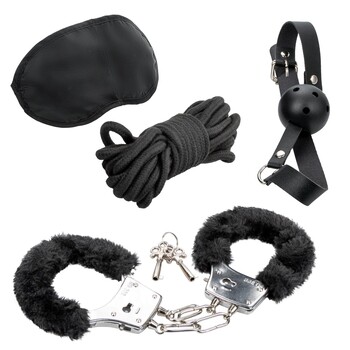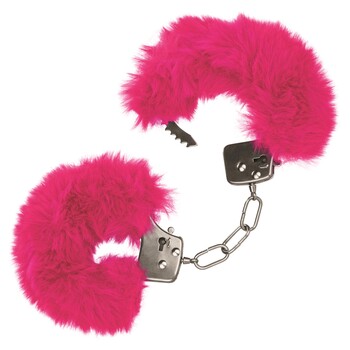Bondage originally started with couples using rope to tie each other up. Even in an age of furry handcuffs and padded Velcro restraints, there’s a kinky allure to good old-fashioned rope that makes it hard to beat. If you’re interested in using rope for bondage, here are a few helpful tips.
Safety First
As with any form of BDSM, you should always have a safe word that can be used whenever you or your partner needs to stop playing. Rope bondage, however, comes with other safety concerns as well. One of the major ones is how tight you tie the rope. To allow for proper blood flow, you should always be able to slip at least two fingers between the rope and your submissive’s skin. You should also have a pair of heavy-duty scissors or knife on hand just in case you need to cut your partner out.
Be Careful Which Rope You Use
All ropes aren’t created equal, and some types are better for bondage than others. Ropes made from hemp or jute have a rough texture that’s good for holding knots in place but can cause friction burns if your partner likes to squirm. Cotton ropes are soft and lightweight, but knots can become extremely tight and difficult to untie. Silk is like an upgraded version of cotton, but it can be expensive. Nylon rope is smooth and slippery. And then there are ropes made from jute, silk, linen, bamboo, manila, nylon, synthetic hemp, and more. So which type of rope should you use?
Cotton is generally the best choice for rope beginners, while more advanced users prefer silk. If you and your partner decide to continue practicing rope bondage, it’s a good idea to experiment with multiple types of ropes to see which ones are best suited for your needs.
Practice Makes Perfect
Tying knots can be complicated, especially if you’ve never tied anything more complicated than your shoe laces. As a dominant master, you need to project an air of authority and power to your submissive. That’s impossible to do while you’re watching an instructional video on your phone about tying knots. Practicing your rope bondage skills beforehand is essential. That way when the moment comes, you can restrain your submissive like a real master.
Keep It Simple
While you’ve been researching rope bondage, you’ve probably seen a picture or two of shibari models. Those are the people with rope wrapped around their bodies in intricate shapes and patterns made with knots. Shibari is a Japanese technique that adds an artistic flair to rope bondage. When done properly, it’s about visual appeal as much as restraining your sub. Shibari might even be your inspiration for trying rope bondage.
But shibari masters aren’t made overnight. It’s best to keep your initial experiments with rope bondage simple. Anything too complex might scare your sub or exceed your fledgling skills. We recommend starting out with a set of basic restraints or a pair of cuffs. After you or your partner become more comfortable with rope bondage, you can gradually branch out into some basic Shibari techniques.
Basic Rope Restraint
This wouldn’t be much of a guide if it didn’t include at least one example of bondage rope play. Adam & Eve’s bondage pros recommend starting out with this basic technique. It’s a fun and kinky restraint anyone can do, and it teaches some of the essential skills needed for more advanced rope play. Here's what you need to do.
- Take the short working end of the rope and loop it around your submissive’s wrist.
- Pass the working end through the loop and back around three times.
- Take the working end and wrap it around the standing end (the long portion) of the rope to form a second loop.
- Insert the working end through the second loop and pull the knot tight.
This creates a taut line hitch. You can grab the knot and slide it up and down the standing end of the rope to adjust loop. But when you tug on the rope, the knot stays in place. It’s a great knot for tying your partner to a bed post or other heavy object.




